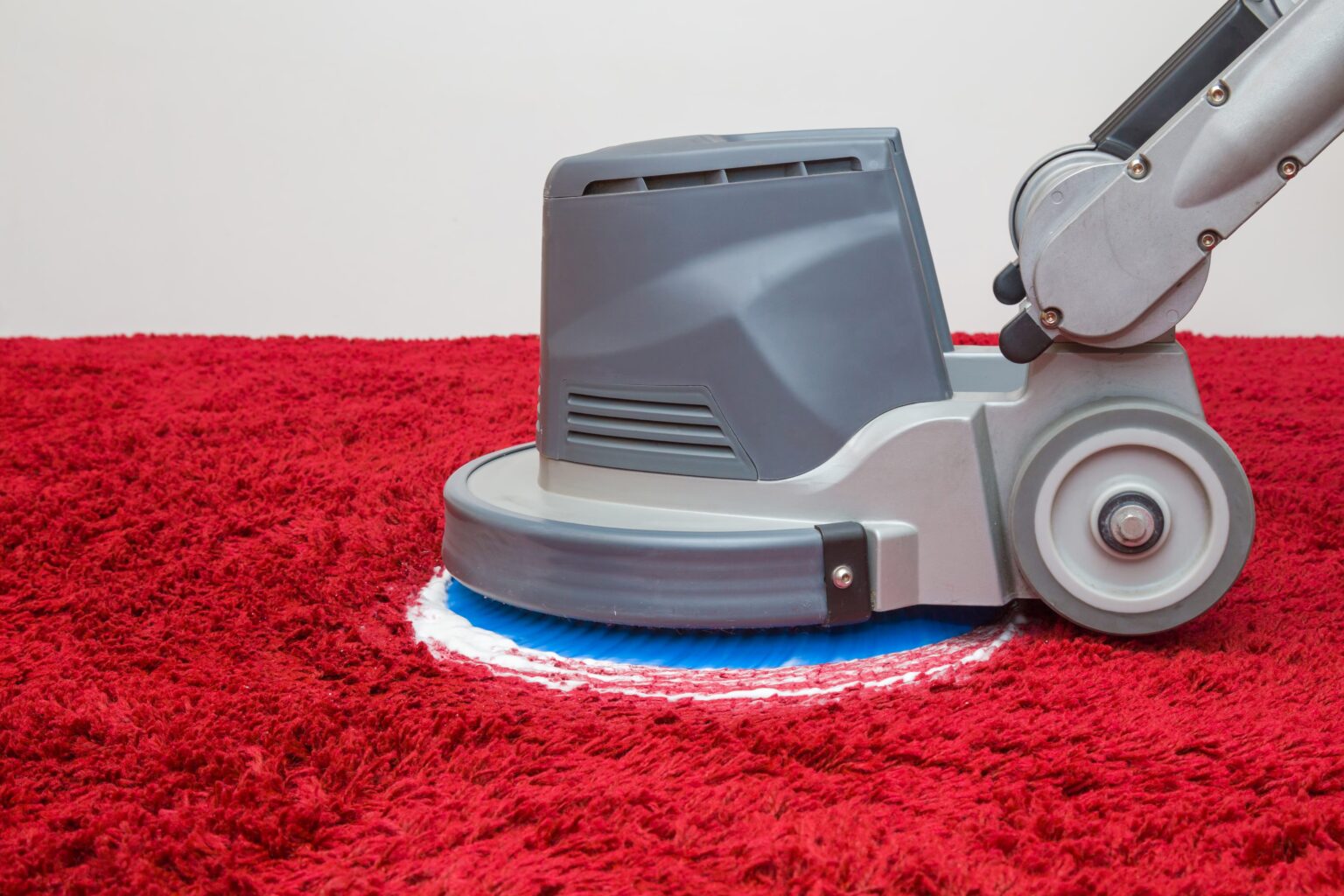Key Takeaways:
- Discover the essential ingredients for a classic oatmeal cookie recipe.
- Learn about the various modifications you can make to tailor your oatmeal cookies to your taste.
- Get tips on how to achieve the perfect texture, whether you like them chewy or crispy.
- Explore ways to incorporate additional healthy ingredients without sacrificing flavor.
- Understand the baking techniques that lead to consistently perfect oatmeal cookies every time.
Oatmeal cookies hold a special place in the hearts of many. They’re not only a comforting snack but also a wholesome treat that conjures up memories of home and hearth. Perfecting the oatmeal cookie can be both an art and a science, and this detailed guide will walk you through everything from choosing your ingredients to mastering the baking techniques that ensure you get scrumptiously soft, chewy, or crispy cookies, according to your taste.
1. Selecting Your Ingredients
The Base Ingredients
The foundation of any great oatmeal cookie recipe includes rolled oats, flour, butter, sugar, and eggs. Opting for old-fashioned rolled oats over instant oats is advisable as they provide a better texture and flavor. When it comes to flour, all-purpose flour works best for a light and soft cookie texture. For a richer flavor, consider creaming together real butter and a combination of white and brown sugar. Brown sugar will add a touch of moisture and a hint of caramel.
Leavening Agents and Flavors
Leavening agents like baking soda or baking powder are essential for creating the perfect rise in your cookies. A pinch of salt enhances the flavors of the other ingredients, while vanilla extract adds a warm, rich aroma and taste.
Customizations and Add-Ins
One of the joys of oatmeal cookies is their versatility. Common add-ins include raisins, dried cranberries, or chocolate chips. For a crunchier texture and nutty flavor, consider adding chopped walnuts or pecans. Spices like cinnamon or nutmeg can be mixed into the dough for an extra layer of flavor that pairs beautifully with the oats.
2. Crafting the Dough
The process of making the dough is crucial to the outcome of your cookies. Start by creaming together butter and sugars until the mixture is light and fluffy. This incorporates air into the dough, helping to give the cookies a lighter texture. Next, beat in the eggs one at a time, followed by the vanilla extract, ensuring each is fully integrated before adding the next.
In a separate bowl, whisk together the dry ingredients—flour, baking soda, salt, and any spices. Gradually mix these into the wet ingredients until just combined. Overmixing can lead to tough cookies, so it’s important to be gentle during this stage. Finally, fold in the oats and any other add-ins like raisins or chocolate chips.
3. Baking Techniques
Preheat your oven to the right temperature before scooping the cookie dough onto a lined baking sheet, allowing ample space between each dough ball. This prevents the cookies from baking into each other and helps them cook evenly.
Baking time can affect whether your cookies come out chewy or crispy. A shorter baking time at a higher temperature will result in a softer, chewier cookie, whereas a longer baking time at a lower temperature will produce a crisper cookie. Cooling cookies on the baking sheet for a few minutes before transferring them to a cooling rack can also help achieve a perfect texture.
4. Nutritional Considerations
Oatmeal cookies can be more than just a treat; with a few tweaks, they can also form part of a healthy diet. Substituting half the butter with applesauce can reduce fat while maintaining moisture. Using whole wheat flour instead of all-purpose adds fiber, and sweetening with honey or pure maple syrup instead of sugar can lower the glycemic index.
For an added nutritional boost, incorporate ingredients like flax seeds or chia seeds, which offer omega-3 fatty acids, fiber, and a host of other nutrients.
5. Storage Tips
To keep oatmeal cookies fresh, store them in an airtight container at room temperature. They typically last for several days if stored properly. For longer storage, oatmeal cookies can also be frozen. Place them in a single layer on a baking sheet to freeze individually, then transfer to a freezer-safe bag or container. This prevents the cookies from sticking together and makes it easy to grab a cookie or two whenever the craving strikes.
Following this comprehensive guide to making oatmeal cookies will help ensure that your next batch is as delicious as it is satisfying. Whether you stick to the classic recipe or experiment with your own customizations, the steps covered here will assist you in achieving the perfect bake every time.


